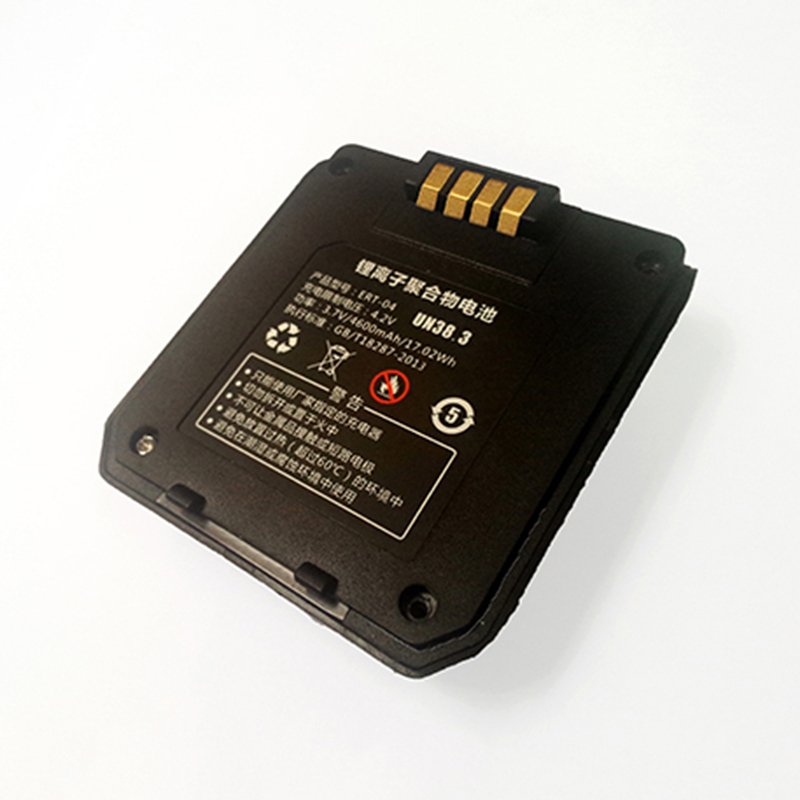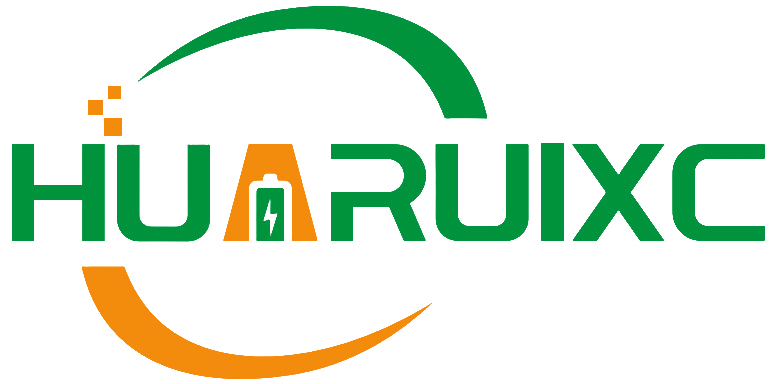
Introduction
Polymer lithium-ion batteries are widely used in various electronic devices due to their high energy density and long lifespan. However, to ensure safety and maintain battery performance, strict charging and discharging precautions must be followed.
1. Charging Precautions for Polymer Lithium-Ion Batteries
To maintain safe operation and prevent battery failure, follow these essential charging standards:
- Use a constant current and constant voltage (CC/CV) charger — the charger must support controlled current and voltage charging.
- Charging current must be below 1C to avoid overheating.
- Charging temperature range should be between 0°C and +45°C.
- Charging voltage must not exceed 4.23V per cell; overcharging can lead to heat generation, swelling, or electrolyte leakage.
⚠️ Overcharging Warning: Exceeding the recommended charging voltage can cause irreversible chemical reactions inside the battery, reducing capacity and safety.
2. Discharging Precautions for Polymer Lithium-Ion Batteries
Safe discharging ensures optimal battery life and performance:
- Discharge current must be less than 2C.
- Discharge temperature range should be between -20°C and +60°C.
- Discharge cut-off voltage must not be lower than 2.75V per cell.
Excessive current or low-temperature discharge can result in capacity loss or internal short circuits, potentially leading to battery damage.
3. Over-Discharge Prevention
When a polymer lithium-ion battery is left unused for an extended period, self-discharge may cause the voltage to drop below a safe threshold.
To prevent over-discharge:
- Recharge the battery regularly to maintain the voltage above 3.0V.
- Avoid voltage below 2.5V, as this can permanently degrade battery performance or render it unusable.
4. Why Proper Charging and Discharging Matters
Adhering to proper charging and discharging precautions ensures:
- Longer cycle life
- Improved safety and reliability
- Reduced risk of swelling or leakage
- Stable performance for industrial and consumer devices
Conclusion
Properly managing polymer lithium-ion battery charging and discharging not only maximizes efficiency but also ensures long-term safety. Regular maintenance and using qualified chargers are key to avoiding overcharge and over-discharge risks.
Reference
👉 Learn more about lithium-ion battery safety from Battery University
